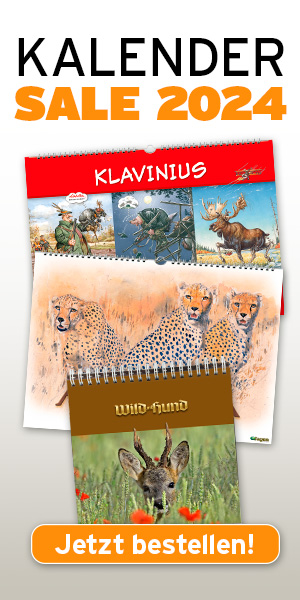English: Mesopotamian Fallow Deer; French: Daim de Mesopotamie; Arabian: Jachmur; Hebrew: Jachmur; Iranian: Gavzn-E-zard, Jachmur.
Former distribution: Southern Iran, Iraq (formerly Mesopotamia), Syria, Jordan (Palestine) to Egypt.
Present distribution: In restricted areas along the rivers Karkheh and Dez in Khuzistan, southern Iran. In enclosures at Dasht-e-Nas, the coastal region of the Caspian Sea, Semeskandeh and the Askh Island in the Urmia Lake.
Behaviour: Preferred habitat: open forests with close undergrowth. They would normally be gregarious, but due to habitat destruction, the overgrazing of their feeding areas by domestic and nomadic cattle and the change of climate from moderate to extreme heat, they have had to adapt to local conditions. The Djungel region along the rivers is only about 25 km in length and a few hundred meters to 2 km in width. Now active at night, hiding themselves during the day in thick bushes close to the river. Herds are unknown. They are browsers: The diet is herbs, shoots, leaves. The rut takes place at the end of August. Predators include hyenas, wolves, wild dogs and wild boars.
Population status: Endangered. It must be feared that no animals now survive in the original distribution areas, Dez and Karkheh: only in enclosures near the Caspian Sea in Dasht-e-Nas, (province of Mazanderan) in Semeskandeh, and on the island of Askh in Lake Urmia (acc. to HEIDEMANN 1988). Outside Iran in zoological gardens.
Brief notes:
Body weight: 100-150 kg
Head and body length: 150-250 cm
Tail length: 20-30 cm
Shoulder height: 90-140 cm
Gestation period: 7 months
Maximum age: 20 years in captivity
Trophy: Protected, no records.
Remarks: The distribution areas of Kuzistan are national parks by law. Road construction and war between Iran and Iraq have almost certainly diminished the population if they have not rendered them extinct. Fortunately these animals may survive due to good breeding stocks in zoological gardens in Europe and enclosures in Iran: Kronberg, Germany: 20; East Berlin: 5; Israel: 20; Munich, Germany: 4; Altenfelden, Austria: 4; Dülmen, Germany: 4; Dasht-e-Nas, Iran: 140; Semeskandeh, Iran: 21. This stock is not pure; they were reintroduced from the Opel Zoo in Kronberg; Askh Island: 9 (to be confirmed), Sind-River: 4 deer have been introduced from Dasht-e-Nas Reserve. The Mesopotamian Fallow Deer were rediscovered by the Author in 1956 and 1957; 2 calves were captured and transferred to Kronberg Zoo, Dr. GEORG VON OPEL. This was the basis for a successful breeding stock in zoological gardens.







